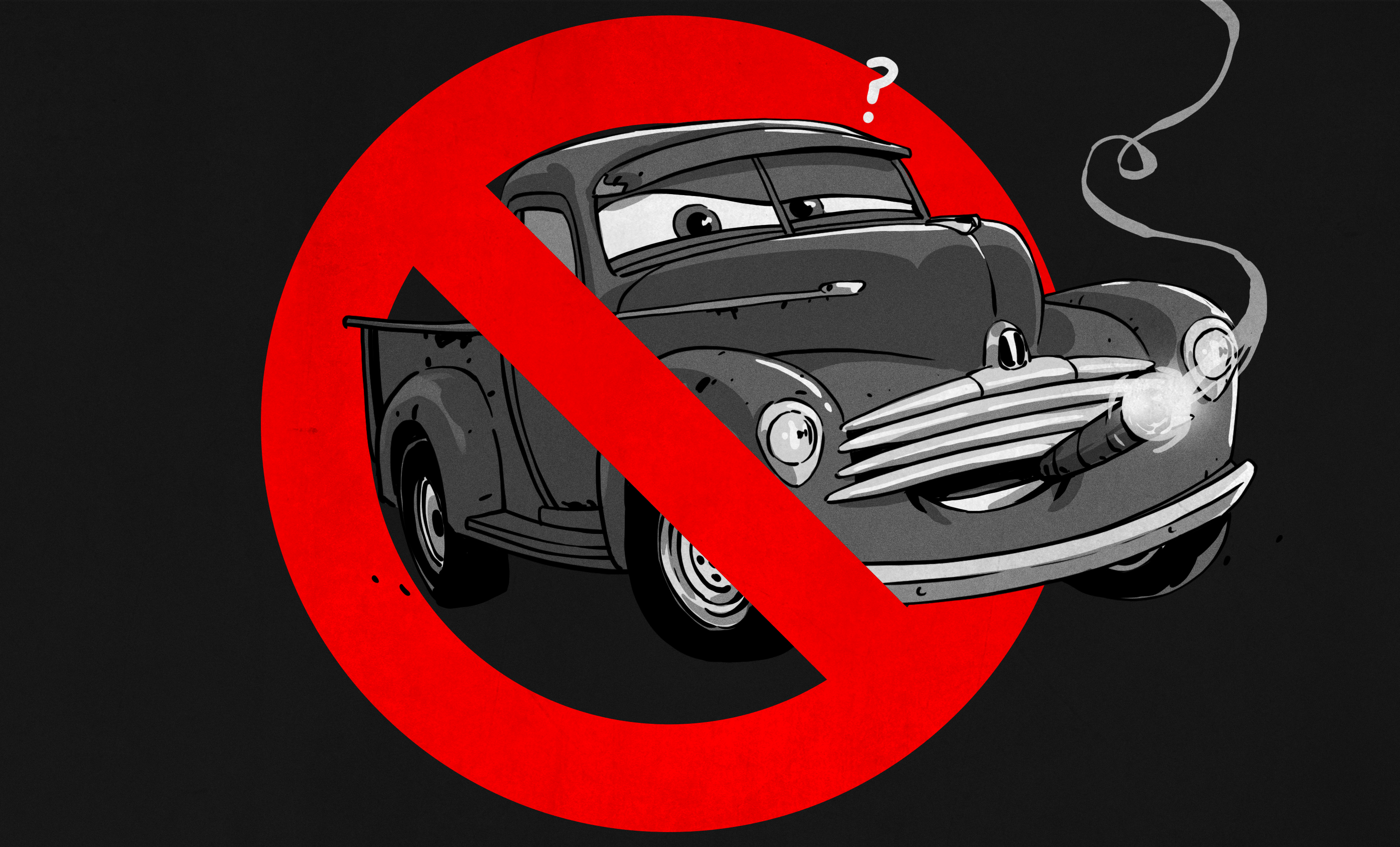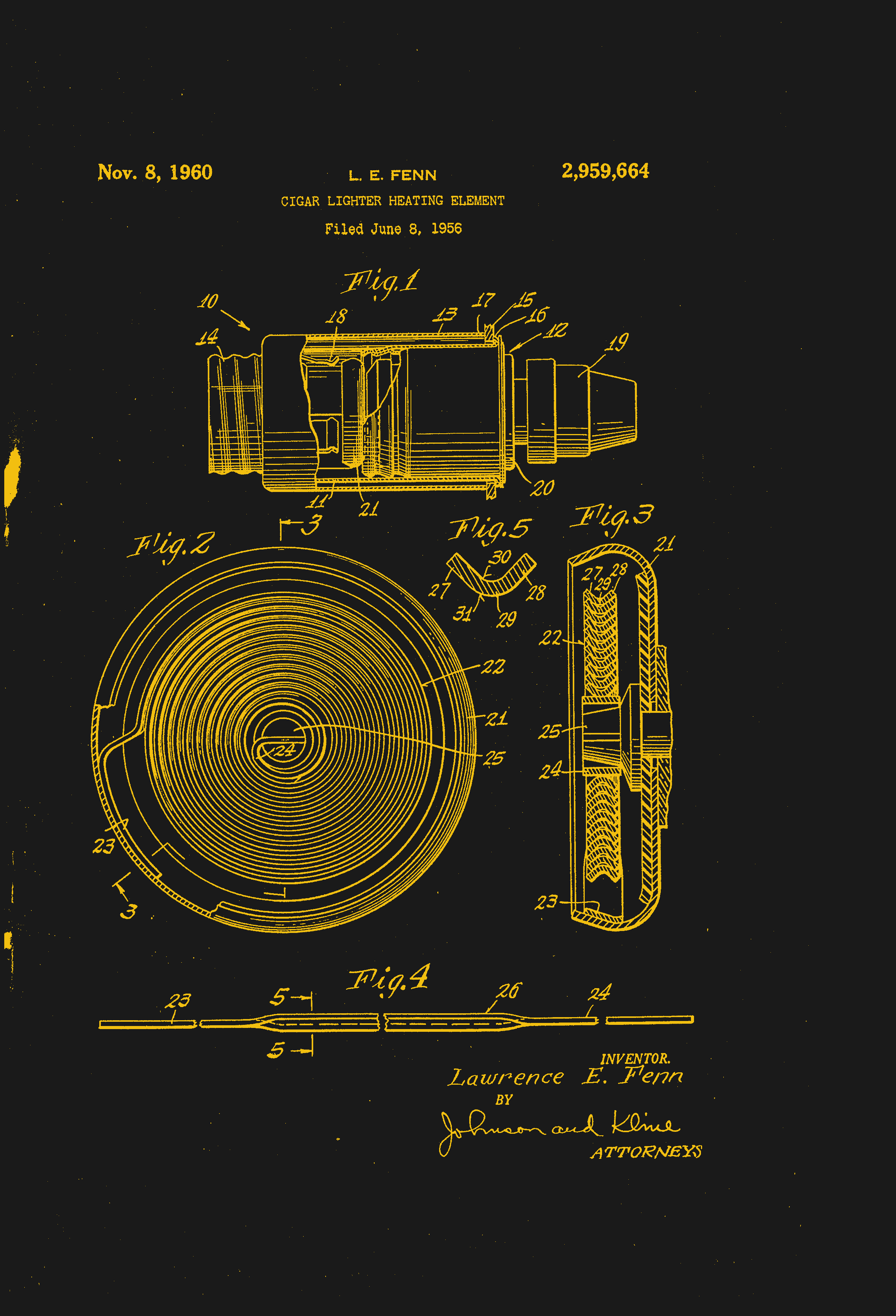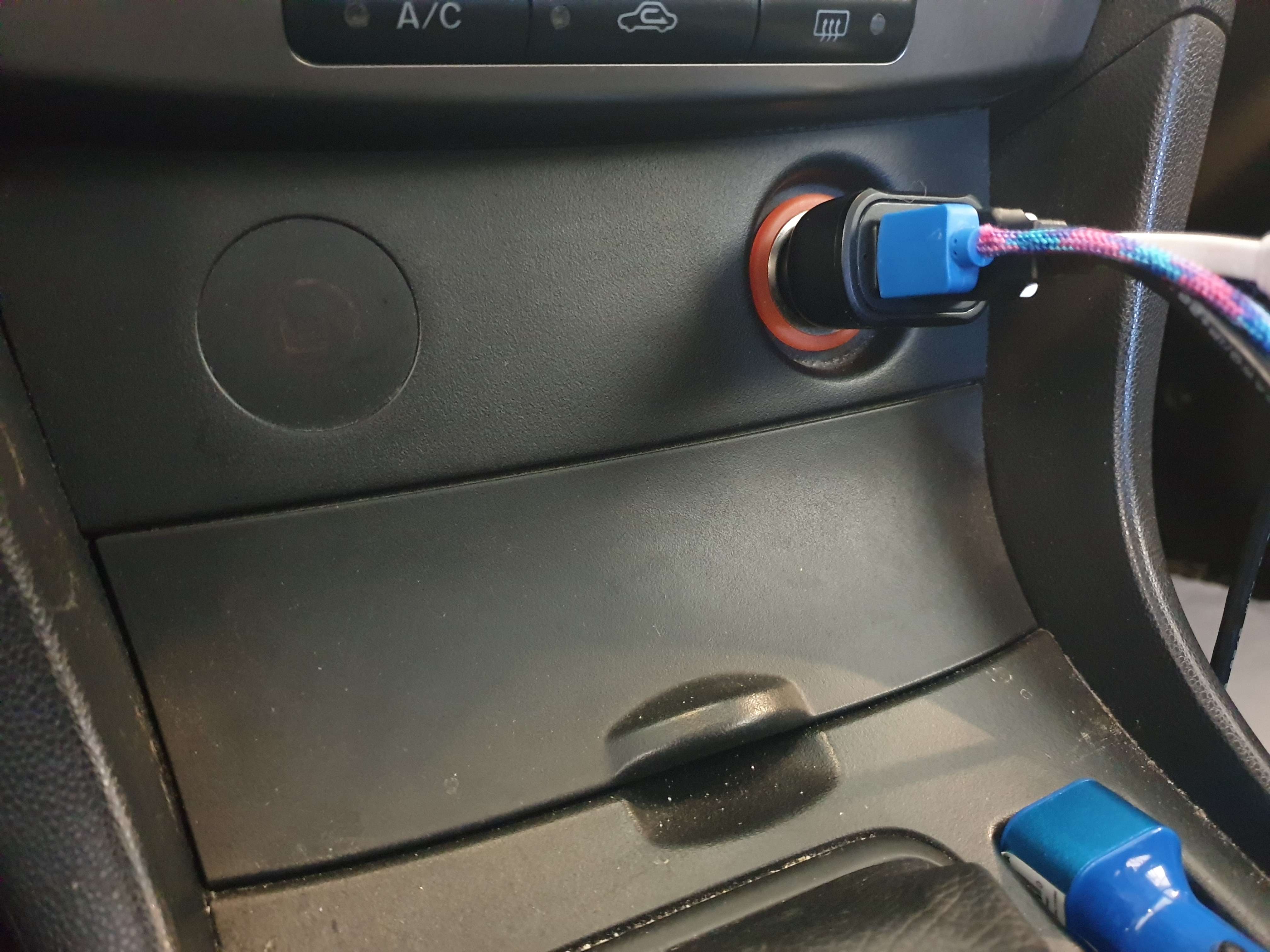How Much Longer Will Cars Have Cigarette Lighter Ports? [Hackaday]

Depending on the age of your car, it might contain a round 12 V power outlet in the dash, or possibly in the elbow compartment. And depending on your own age, you might know that as the cigarette lighter port. Whereas this thing used to have a single purpose — lighting cigars and cigarettes via hot coil — there are myriad uses today, from charging a phone to powering a dash camera to running one of those tire-inflating machines in a roadside emergency.
But how did it come to be a power source inside the vehicle? And how long will it stick around? With smoking on the decline for several decades, fewer and fewer people have the need for a cigarette lighter than do, say, a way to charge their phone. How long will the power source survive in this configuration?
A Little History

The electric lighter is older than you might think. The first one was patented in the early 1880s and sold as a cigar lighter. In 1921, a patent was issued to Joshua M. Morris for an electric lighter with a removable element.
A few years later in 1928, a company named Casco created a lighter especially made for the automobile. This lighter used a cord and reel to draw the lighter back into the dashboard.
The wireless version that some of us dinosaurs actually used to light cigarettes in the 90s was developed by Casco in 1956 and patented in 1960. After that, car lighters didn’t change, but they did proliferate — some cars had a second lighter for the rear passengers to go with the ashtray in every door.
Powerful Auto-motives
The earliest cars didn’t have electrical systems at all, just a magneto to provide a spark. Cars didn’t even have batteries until about 1920, when an electric starter motors began to be used in conjunction with DC generators. Now, people could start think about electrical accessories. But there was a problem — the widely varying voltages provided by these systems.
When the alternator came along, then power got more serious. The AC produced by the alternator gets converted to fairly uniform DC to charge the battery, and remains steady regardless of the alternator’s speed.
Socket To Me

Car lighter sockets were not originally intended to power anything but car lighters, but since they involve a handy little powered and grounded receptacle, they were bound to be co-opted for other uses. This led to the development of ANSI/SAE J563 to ensure compatibility between these 12 V receptacles and power plugs made by different manufacturers.
According to the spec, the cylinder contact must be negative, and the center contact point positive. Once that specification was settled, it was open season on electrical automotive accessories.
That said, the car-lighter-socket-as-power-outlet is not without its problems. The internal diameters of these sockets vary, as do the depths. Therefore, 12 V power plugs usually have spring-loaded contacts. This allows for a range of tolerances, sure, but it also means that the plugs can lose electrical contact. And since the output voltage of alternators still isn’t perfect, automotive accessories have to be made to run between roughly 9 V and 14 V DC. Many of them contain a DC-to-DC converter for a steady USB voltage.
Up In Smoke?
At this point, we are all quite used to having power inside the vehicle. Although many cars now ship with a receptacle labeled 12 V with a 120 W maximum and no cigarette lighter in sight, more and more cars are shipping with USB-A and USB-C ports instead. But what about all those accessories that require more juice, like tire inflators? Will those run on USB-C in the future? They may have to, unless the round automobile accessory outlet becomes eternal, like the floppy disk save icon.

![how-much-longer-will-cars-have-cigarette-lighter-ports?-[hackaday]](https://i0.wp.com/upmytech.com/wp-content/uploads/2024/02/165926-how-much-longer-will-cars-have-cigarette-lighter-ports-hackaday-scaled.jpg?resize=800%2C445&ssl=1)